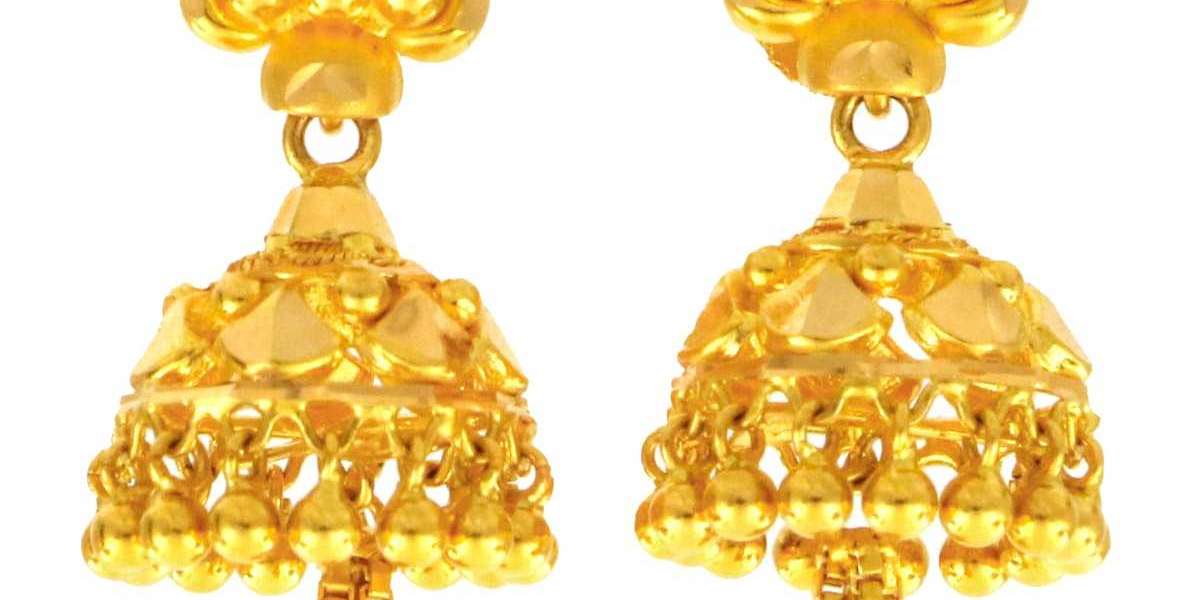Wire mesh is an integral part of construction, industrial, and even domestic applications. From fencing to filtration systems, wire mesh comes in various forms to suit different purposes. Two of the most common types of wire mesh are woven wire mesh and welded wire mesh. Each has its own advantages, disadvantages, and ideal uses. In this ultimate comparison guide, we will delve into the differences between woven vs welded wire mesh, discuss their key characteristics, and help you choose the right one for your specific needs.
What is Woven Wire Mesh?
Woven wire mesh is created by weaving individual wires together in an over-and-under pattern, similar to textile weaving. This results in a flexible and resilient mesh that is both durable and aesthetically pleasing.
- Applications: Woven wire mesh is commonly used in filtration systems, sieves, screen doors, and decorative applications due to its fine weaving and precise openings.
- Strengths: One of its key strengths is flexibility. The mesh can withstand bending and reshaping without losing its structural integrity.
- Weaknesses: Woven wire mesh tends to be more expensive than welded wire mesh, and because of its flexibility, it might not provide the same level of rigidity required for certain heavy-duty applications.
For more detailed information on the material, you can explore what woven wire mesh is and its specific characteristics.
What is Welded Wire Mesh?
Welded wire mesh is created by welding the intersecting wires at each junction, forming a rigid and sturdy grid. This process gives it a high level of strength and durability, making it ideal for applications where rigidity is crucial.
- Applications: Welded wire mesh is often used in concrete reinforcement, fencing, cages, and construction due to its strength and rigidity. It’s also frequently used for welded wire mesh fences, providing security and durability.
- Strengths: The welded intersections make the mesh extremely stable, ensuring it holds its shape under heavy loads. It’s also more affordable than woven wire mesh.
- Weaknesses: Welded wire mesh lacks flexibility, making it less suitable for applications that require movement or bending.
For further technical insight, you can refer to welded wire mesh specifications and explore more about the different types of welded wire mesh.
Woven vs Welded Wire Mesh: Key Differences
- Construction Method
- Woven Wire Mesh: Woven from individual wires, it offers a more flexible and bendable structure.
- Welded Wire Mesh: Welded at the intersections, it offers a rigid and stable framework.
- Durability
- Woven Wire Mesh: While durable, woven wire mesh may not be suitable for heavy-duty applications requiring maximum rigidity.
- Welded Wire Mesh: Its welded construction ensures that it is durable and suitable for industrial use, even under heavy loads.
- Flexibility
- Woven Wire Mesh: It’s more flexible, allowing it to be easily bent or shaped as needed.
- Welded Wire Mesh: Extremely rigid, welded wire mesh doesn’t allow much movement or flexibility, making it ideal for fixed structures like fences and cages.
- Cost Comparison
- Woven Wire Mesh: Tends to be more expensive due to the intricate weaving process and higher precision in spacing.
- Welded Wire Mesh: More cost-effective, particularly in large-scale applications like construction and fencing.
When comparing woven vs welded wire mesh cost, welded wire mesh is the more economical option for large projects, while woven wire mesh is ideal for applications requiring precision.
Woven vs Welded Wire Mesh Sizes and Weights
The sizes and weights of woven and welded wire mesh vary based on the intended application.
- Woven Wire Mesh: Comes in finer gauges, making it suitable for applications like filtration, sieves, and window screens.
- Welded Wire Mesh: Typically used for heavier applications such as concrete reinforcement or fencing. You can use a welded wire mesh weight calculator to determine the exact weight based on size and material.
For more detailed instructions on how to read welded wire mesh sizes, refer to industry-specific guides that offer insights into spacing, wire gauge, and other technical details.
Woven vs Welded Wire Fence
Fencing is one of the most common uses for both woven and welded wire mesh. But which one is better suited for fencing?
- Woven Wire Fence: Ideal for decorative or lightweight applications, such as garden fencing or barriers where flexibility is beneficial.
- Welded Wire Fence: Perfect for high-security fencing applications where strength and rigidity are essential. Welded wire fences are commonly used in industrial settings and for securing properties.
For more fencing options, you can check out various woven vs welded wire fence comparisons to see which mesh suits your needs better.
Welded Wire Fabric vs Mesh
Though often used interchangeably, there is a distinction between welded wire fabric and welded wire mesh.
- Welded Wire Fabric: Usually refers to the welded wire mesh used in concrete reinforcement. The fabric provides structural support and ensures that concrete slabs remain stable over time.
- Welded Wire Mesh: Can refer to a broader range of applications beyond just concrete reinforcement, including fencing, cages, and other constructions.
Both options offer excellent strength, but their specific use depends on your project’s needs.
Choosing the Right Mesh for Your Project
Ultimately, choosing between woven vs welded wire mesh comes down to your specific application.
- Choose Woven Wire Mesh if: You need flexibility, fine openings, or precise filtration.
- Choose Welded Wire Mesh if: You require strength, rigidity, and cost-effectiveness for large-scale projects.
Be sure to evaluate welded wire mesh sizes and weights in comparison to woven options, as different gauges and materials can significantly affect the performance and cost of your project. For complex industrial applications, consult welded wire mesh manufacturers for customized solutions tailored to your needs.
Conclusion
Woven and welded wire mesh both offer unique benefits and serve a wide range of applications, from lightweight filtration systems to heavy-duty fencing and concrete reinforcement. Understanding the differences between these two types of mesh will help you make the best decision for your project. Whether you need flexibility or rigidity, precision or durability, there is a mesh solution for you.
For further guidance on selecting the right wire mesh, check out our detailed blog on woven mesh vs welded wire mesh and make an informed choice for your next project.



